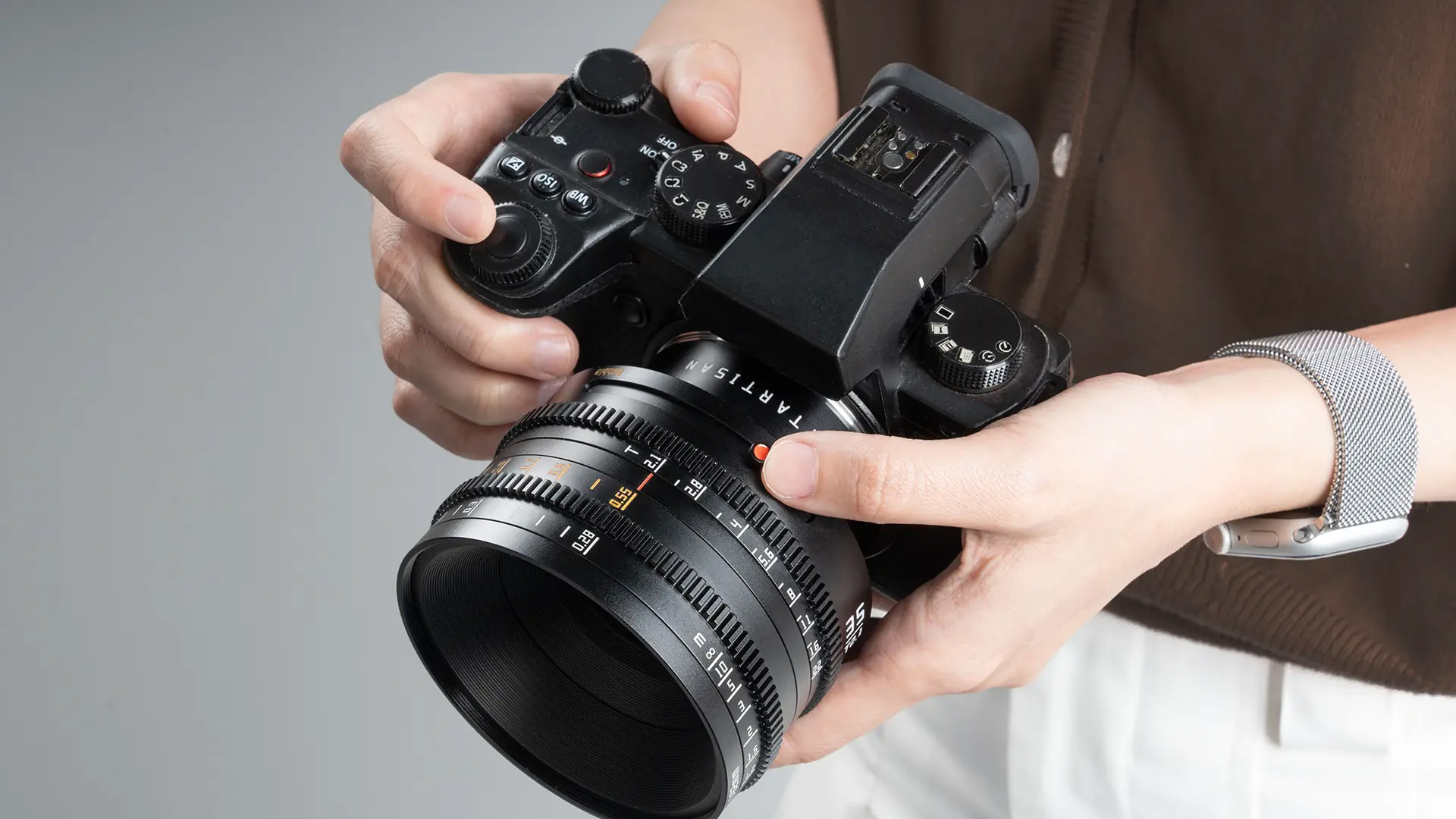5 tips for the Blackmagic Ursa Mini Pro camera from veteran wildlife photographer
Find out why wildlife photographer and videographer Katie Mayhew has started using the Blackmagic Ursa Mini Pro 4.6K
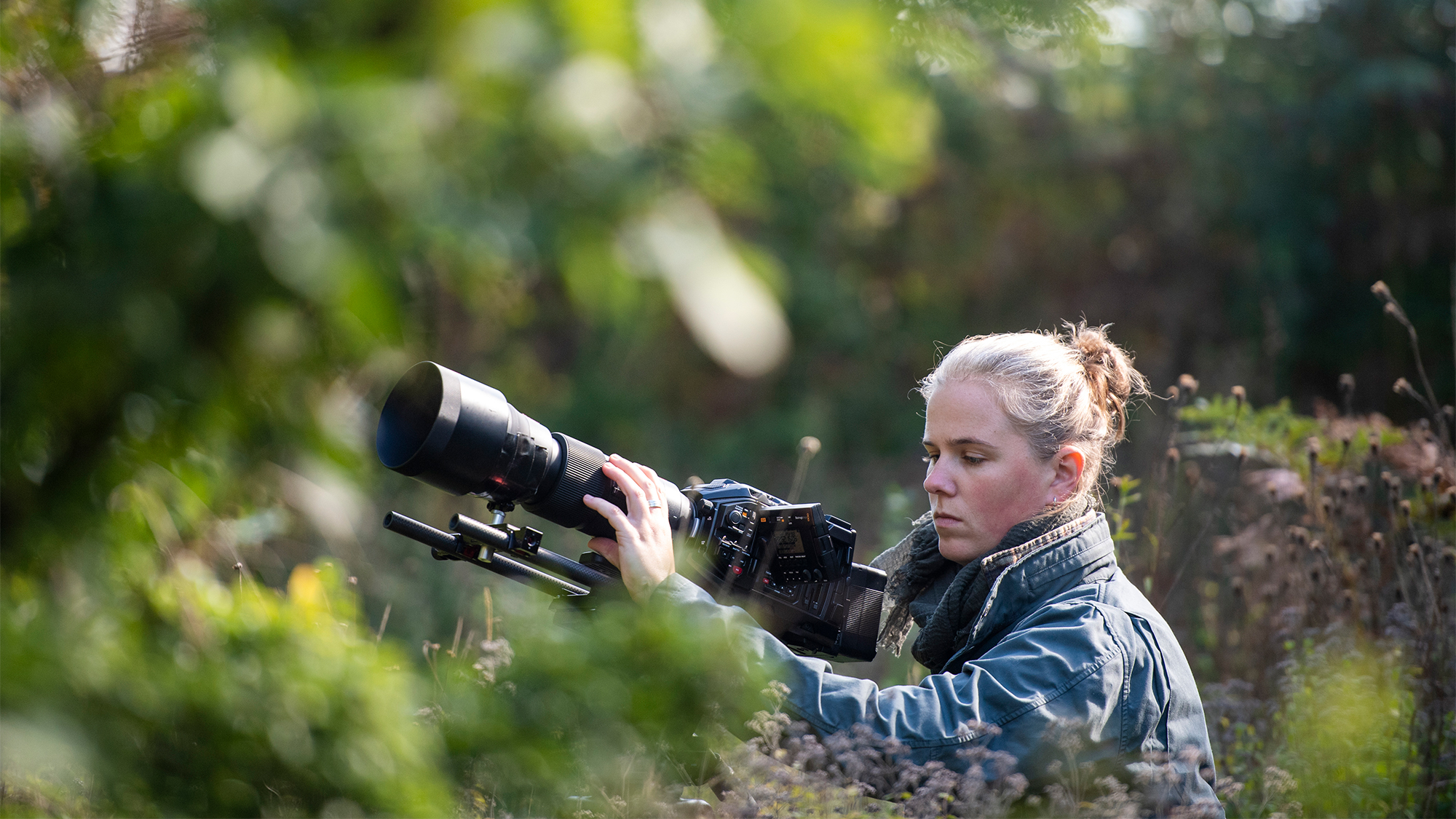
Australian digital cinema company Blackmagic Design has been making waves in the filmmaking industry in recent years, thanks to its steady release of professional cameras capable of producing epic, high-quality video.
We've already spoken to Tobias Nash about his use of the Blackmagic Pocket Cinema Camera 6K Pro but now we hear from Katie Mayhew, who has recently been using the Blackmagic URSA Mini Pro 4.6K G2 for a number of different wildlife-based projects. Here are her tips for existing or aspiring videographers.
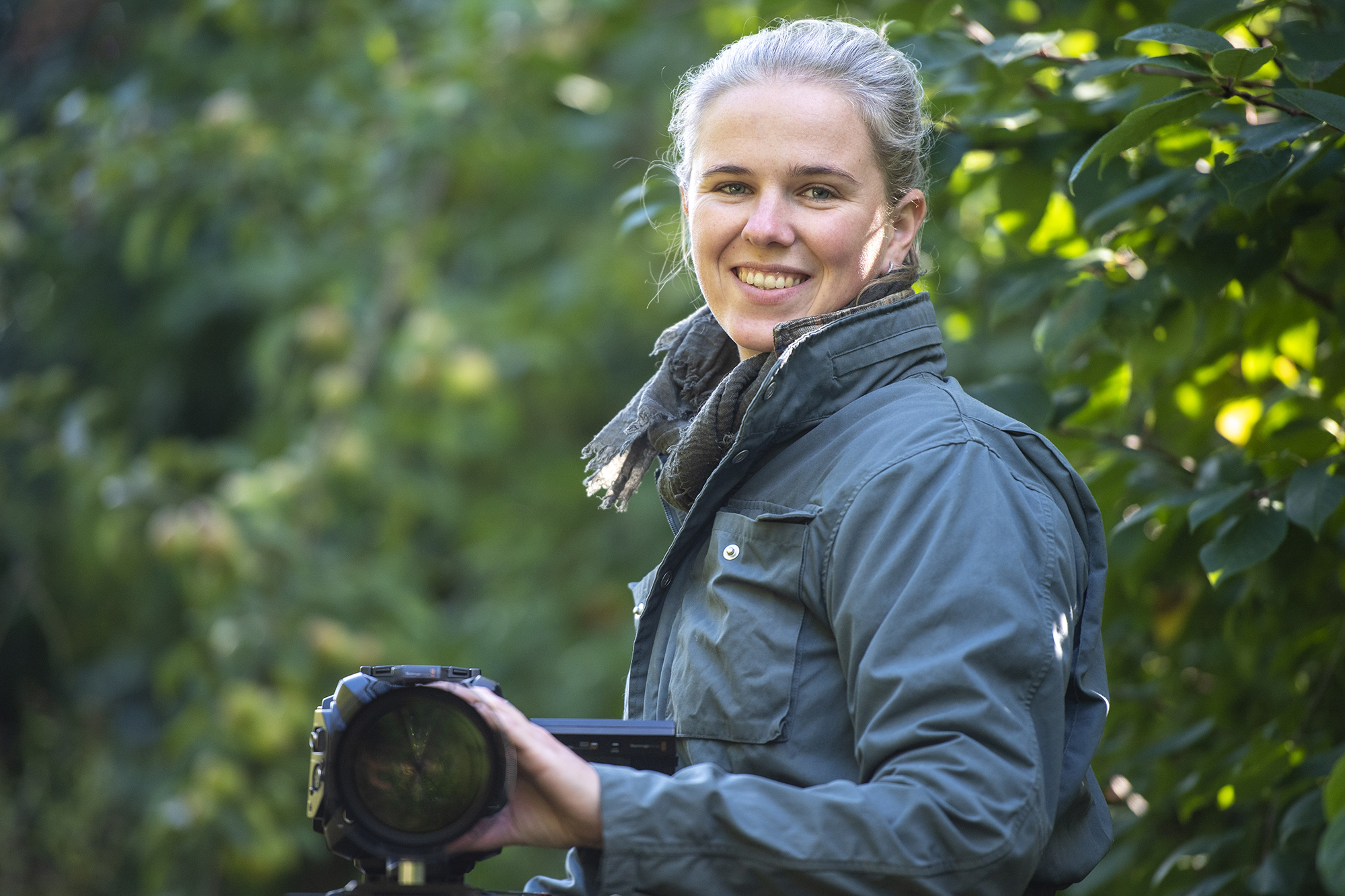
Katie Mayhew is a veteran wildlife photographer and videographer. Starting her career with Silverback Productions, she has produced content for Netflix, the BBC, Disney Nature, Channel 4, and Apple TV. Her projects have ranged from uninhabited islands off the coast of Mexico to filming forest fires in California – as well as closer to home, shooting a variety of wildlife and macro productions.
1. Mounting pro tips
I’m constantly under and over-slinging the Ursa, and hardly ever use a viewfinder, so have mounting plates on both the top and bottom of the camera. It’s easy enough to flip the output on the monitor, so I can quickly shoot upside down or right-side up depending on the kind of shot I need to capture, without having to re-rig the camera. In wildlife photography, pausing to re-rig means that you’ll miss your intended shot 99% of the time, so having rails on both the top and bottom of the camera is incredibly handy. Similarly, the sensor itself is much closer to being vertically symmetrical than other cameras, so if I’m shooting upside down, I know that I’m still going to capture the area that I want.
2. Follow focus
I always plug the follow focus directly into the camera, so when I’m changing batteries, I don’t have to unplug and re-plug it. I do have a high-capacity D-Tap battery, but the Ursa is also fairly power-efficient; in general, I’ll only need four batteries for an entire day.
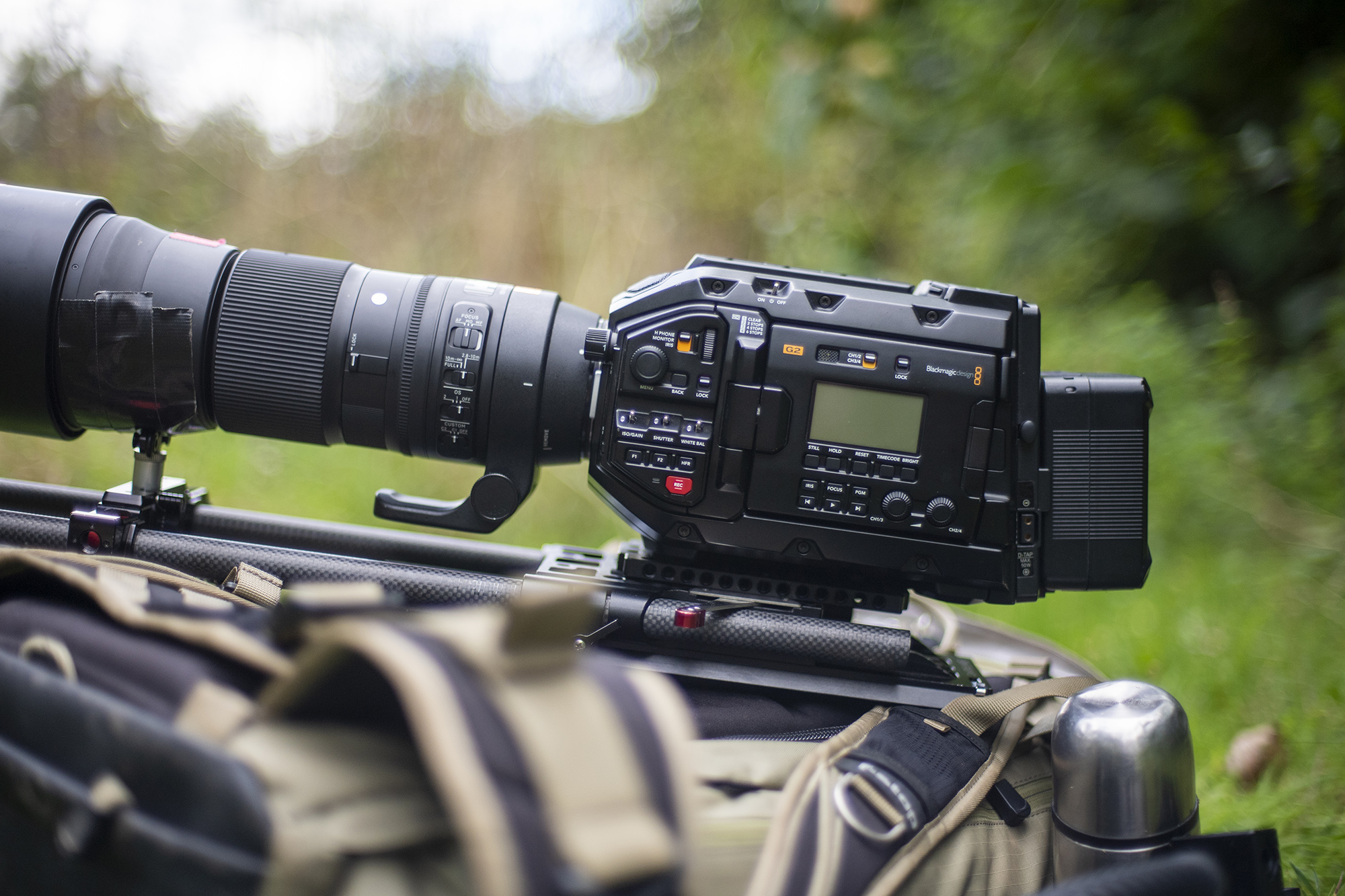
3. It's a tarp!
I’ll always bring some polythene or a tarpaulin with me on a shoot if I’ve got the camera underslung and close to the ground. The fans are on the base of the unit, so if you don’t have a tarp, it tends to cut the grass and get all kinds of dirt, bugs and gubbins in it. Similarly, you can also use this to protect the camera if it’s raining.
4. All-in-one
I depend on the built-in ND filters that the URSA has; they’re absolutely essential. They’ve also meant that I don’t need as many add-ons because of this; as I’ve said, I don’t use a viewfinder, which also reduces the number of bits and pieces that are filling up my kitbag!
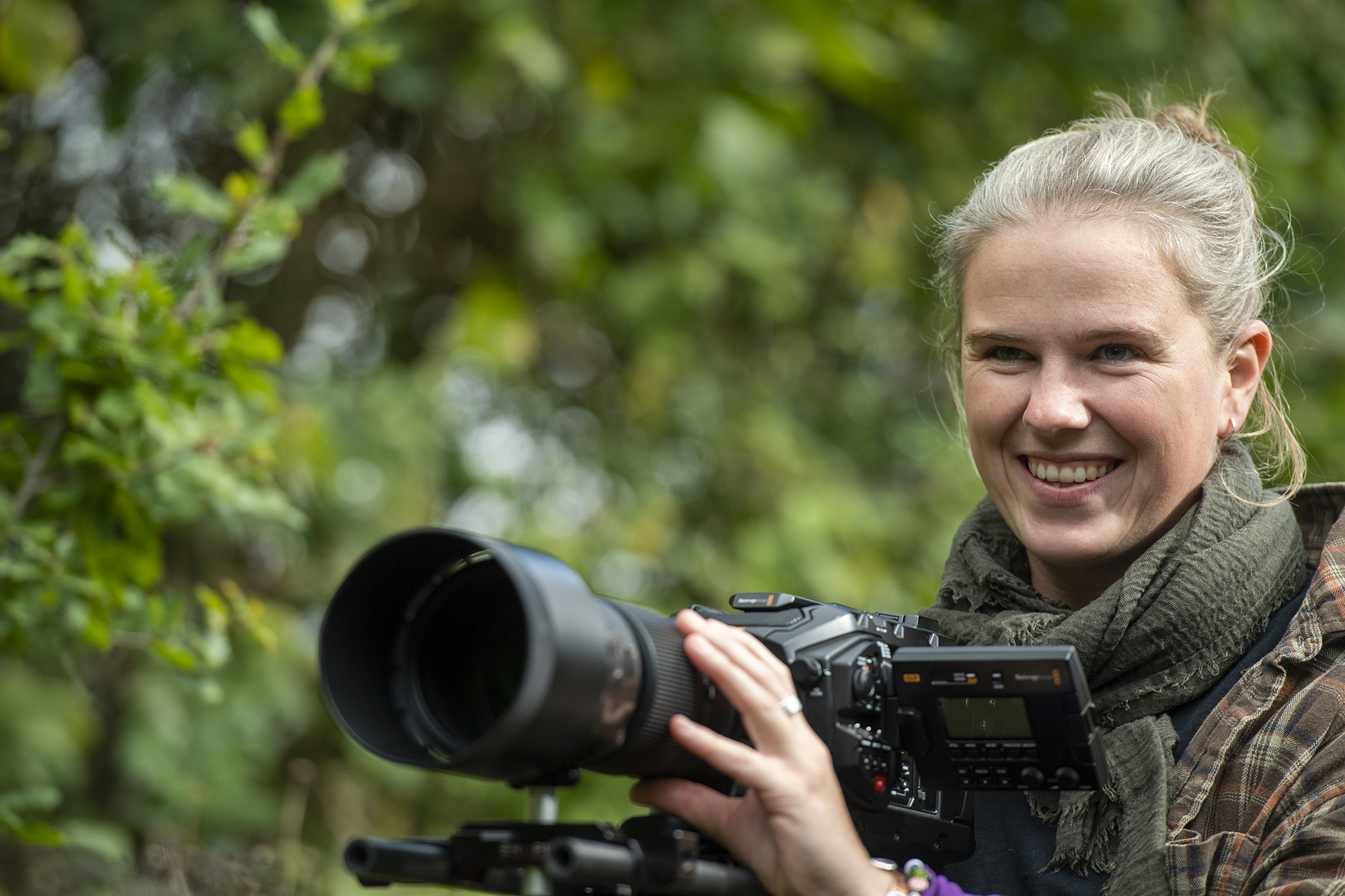
5. Killer app
The camera’s app is brilliant, and the ability to change frame rates via Bluetooth is fantastic. That said, I have had to be a bit careful about range because when you’ve got camouflage netting on the camera, or are shooting behind trees, you get a few meters at most.
Get the Digital Camera World Newsletter
The best camera deals, reviews, product advice, and unmissable photography news, direct to your inbox!
You might also like to read: Blackmagic 12K or 4.6K cinema camera for $5,995? I know which I'd go for! and to find out about the best cinema cameras.

Having studied Journalism and Public Relations at the University of the West of England Hannah developed a love for photography through a module on photojournalism. She specializes in Portrait, Fashion and lifestyle photography but has more recently branched out in the world of stylized product photography. Hannah spent three years working at Wex Photo Video as a Senior Sales Assistant, using her experience and knowledge of cameras to help people buy the equipment that is right for them. With eight years experience working with studio lighting, Hannah has run many successful workshops teaching people how to use different lighting setups.
- Lauren ScottFreelance contributor/former Managing Editor
